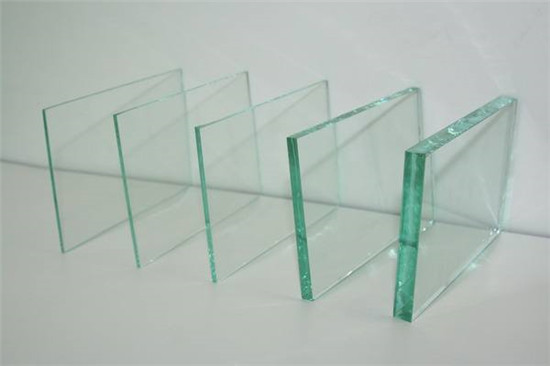First, the main raw material of glass Jinhua fireproof glass
1. Borax or silica sand: The main component of borax or silica sand introduced into glass is boron oxide or silicon oxide, which can be separately melted into the main body of glass during combustion, which determines the main properties of glass, correspondingly called borate glass or Silicate glass; Glauber's salt or soda ash, the main component of Glauber's salt and soda ash introduced into glass is sodium oxide, which can form a fusible double salt with an acidic oxide such as silica sand during calcination, making the glass easy to form. However, if the content is too much, the glass thermal expansion rate will increase and the tensile strength will decrease. Jinhua fireproof glass
2. Feldspar, limestone, dolomite, etc.: The main component of limestone introduced into glass is calcium oxide, which enhances the chemical stability and mechanical strength of the glass, but too much content will also reduce heat resistance and glass crystallization. As a raw material for the introduction of alumina, feldspar can control the melting temperature and has high durability (in addition, feldspar can also provide potassium oxide component to improve the thermal expansion property of glass), and dolomite is used as a raw material for introducing magnesium oxide. It can improve the transparency of the glass, improve the water resistance and reduce the thermal expansion. In general, glass is not made entirely from new raw materials, but 15%-30% broken glass is blended. Wenzhou fire glass customization

Second, glass auxiliary materials
Colorants: Certain metal oxides are capable of being directly dissolved in a glass solution to color the glass. For example, cobalt oxide can be blue, nickel oxide can be brown, manganese oxide can be purple, and the like.
Decolorizing agent: impurities in the raw material will bring color to the glass. Commonly used cobalt oxide, sodium carbonate, soda ash, etc. as a decolorizing agent will make the complementary color of the original color appear in the glass, making the glass colorless.
Clarifying agent: A clarifying agent can reduce the viscosity of a glass solution, causing a chemical reaction to generate bubbles and easy clarification. Commonly used clarifying agents are: sodium sulfate, ammonium salt, manganese dioxide and the like. Wenzhou fire glass customization
Opacifier: An opacifier is one that turns the glass into a milky white translucent body. Commonly used opacifying agents are sodium fluorosilicate, tin phosphide, cryolite, and the like. They are capable of forming particles of 0.1--1.0 μm, making the glass opacified. Jinhua fireproof glass

